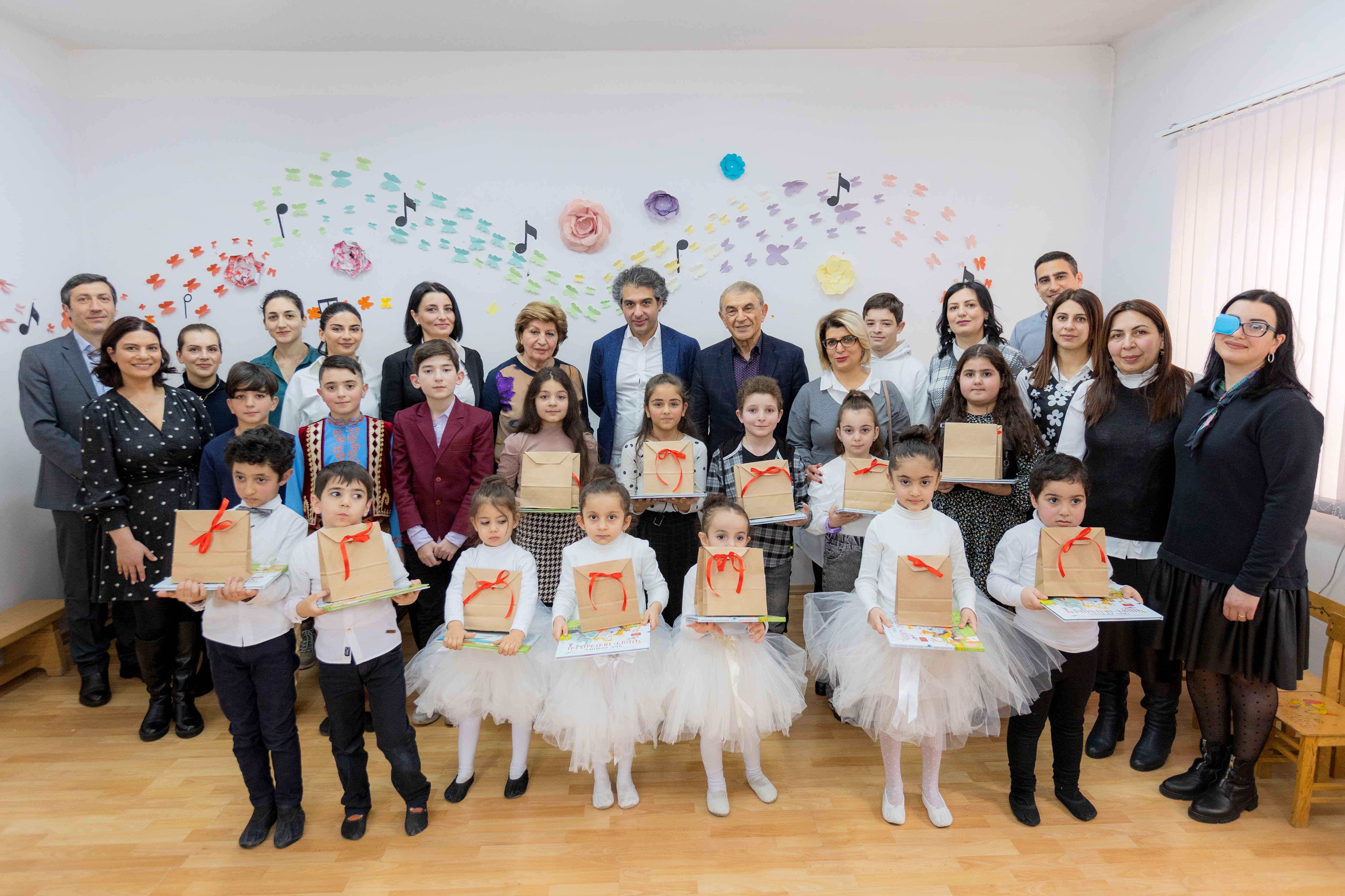
The Armenian State Symphony Orchestra and the “Havat” NGO of hard hearing children’s mothers’ combine their efforts towards the mission of creating public values. A memorandum of cooperation was signed between the parties. They will work together to contribute to the socialization of children with hearing impairment, full and effective inclusion of hearing impaired youth in all spheres of public life.
The partnership will be aimed at projects implemented for the purpose of purchasing hearing aids and treatment, to give children the ability to perceive and appreciate the beauty of sound through their hearing. The joint programs will also aim to introduce classical music to hearing impaired children and adolescents. Children with hearing problems were also present at the event and presented their musical, dancing and reciting performances.
The Artistic Director and Principal Conductor of the Armenian State Symphony Orchestra Sergey Smbatyan highlighted the fact that the challenges faced by children with hearing impairment are also challenges for the orchestra. "We all want to build a better society with healthy communication, and it's important that the children here today become our listeners in the future and are able to enjoy the music of the orchestra," said Maestro Smbatyan.
Karine Harutyunyan, a representative of the "Havat" NGO, added: "Musicians represent Armenia to the world through their hearing. Our children need to enter the world, but their hearing is not as good as we would like as parents. Even if the children here today do not become musicians, we want to ensure that they become good people, and we hope that our friendship with the Symphony Orchestra will help to achieve this."
The “Havat” NGO of hearing impaired children’s parents has been operating since 1996 in close proximity to the audiology center of the medical center, where more than 1000 children adolescents aged 0-18 with hearing impairment who live in Armenia are registered.
The scientific head of the “Arabkir” Medical Center Ara Babloyan noted that our main goal is for children to be relaxed and maximally included in society. The signed memorandum is aimed at that goal. The musicians of the Armenian State Symphony Orchestra, in turn, presented beautiful musical performances to the children, as well as gifts, including Dan Brown’s illustrated book “Wild Symphony”.
Check out the video via the link.